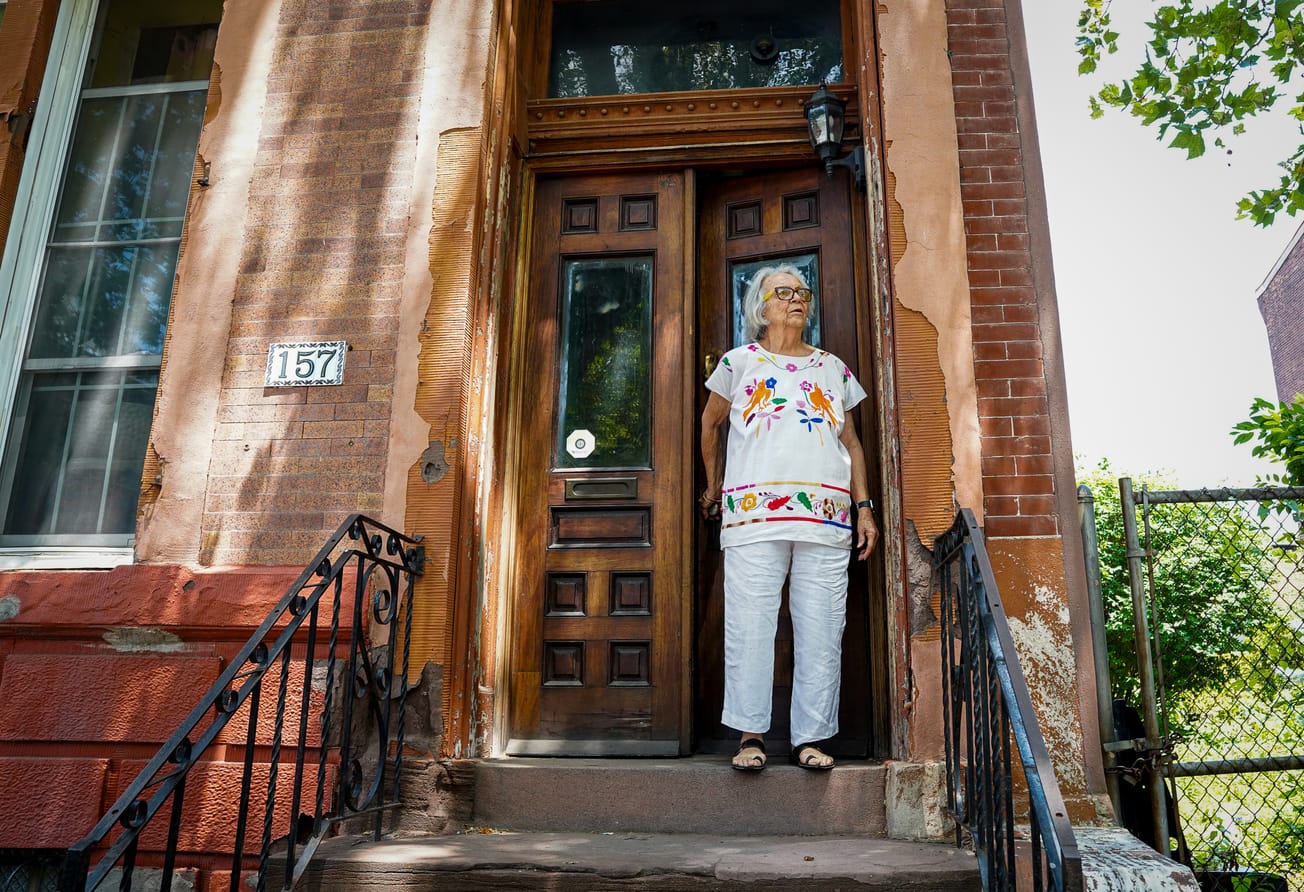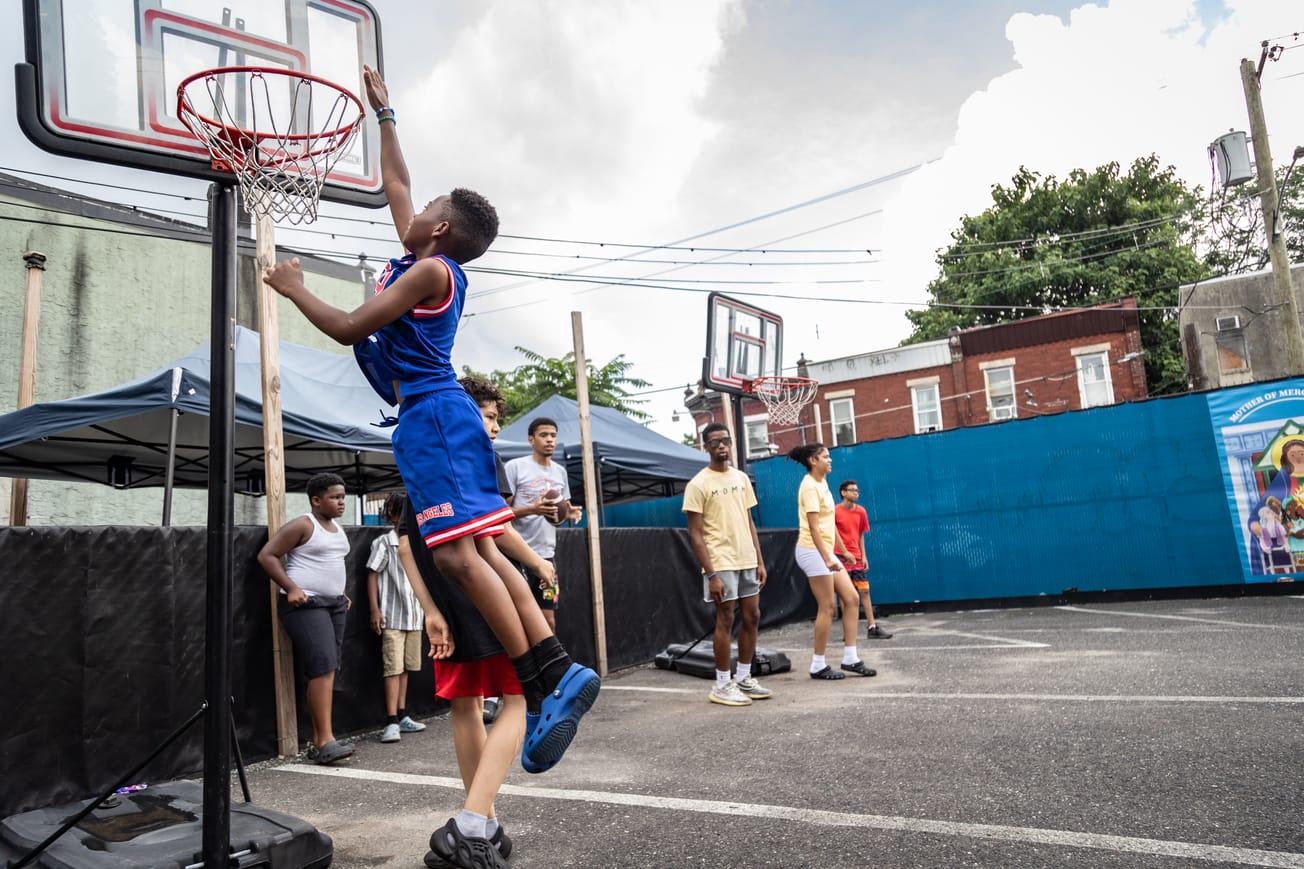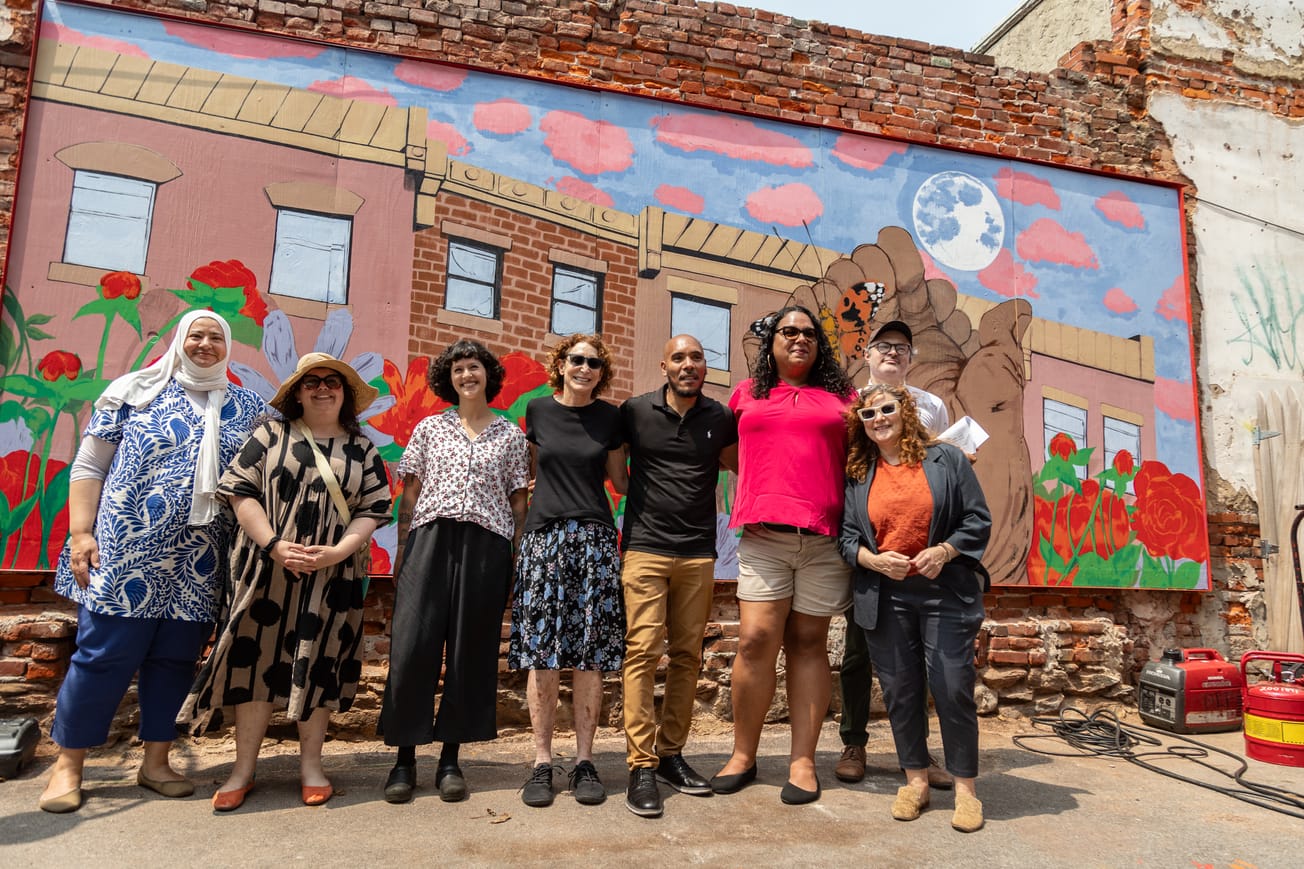Kensington Voice spent the last few weeks collecting questions and concerns from community members regarding Safehouse, a privately funded nonprofit that hopes to open a facility for people to use drugs under medical supervision.
We took your questions to Ronda Goldfein, the vice president of Safehouse. Here’s what she said.
A lot of people don’t know what Safehouse is and are curious about the origins. What is Safehouse and how did it come to be?
In January 2018, after the city announced that it would support and encourage — but not fund — injection sites, we wondered what it would take to open one ourselves.
At the press conference that January, the city offered to hear proposals from parties or providers, and everybody in the room looked to Jose, the executive director of Prevention Point. Prevention Point then reached out to the AIDS Law Project to look into what the risks and penalties would be.
One of the first decisions we made was to create a new nonprofit. Former Gov. Ed Rendell was instrumental in creating Prevention Point 28 years ago, so we thought perhaps he could help us. So we created a nonprofit, Safehouse, and began to develop a protocol. We looked for locations, fundraised, and talked to neighbors.
What was the timeline on this? You talked about how the city said that they wouldn’t support it — so how did that conversation even come about?
In 2017, Mayor Kenney convened an opioid task force to look at the overdose crisis. The task force issued a report, and in the report, there were about 18 different recommendations.
Recommendations included telling prescribers not to overprescribe and setting low-barrier access to treatment. A supervised consumption site was also discussed because the task force saw it working in other locations.
The city announced the supervised consumption site idea in January 2018, and we incorporated the nonprofit with Gov. Rendell in August 2018. Around the same time, Rod Rosenstein wrote his op-ed in opposition to the idea. In February 2019, we got sued by the U.S. Attorney.
What kind of medical staff will be at Safehouse? Will there be doctors?
We envision having medically trained folks who can recognize the signs of an overdose and quickly analyze what happens next. For example, if a person is beginning to show signs of an overdose, they can determine if we should supply oxygen, respiratory breathing, naloxone, or something else.
We also anticipate having case managers there to help people navigate the rest of their lives. We want to have certified peer specialists, too. There is no better encouragement than somebody who was once in your shoes.
What other services will safe house offer aside from medical supervision for people who are using opioids and the overdose reversals?
We anticipate referrals to medication-assisted treatment on demand, so people aren’t forced to come back in a week. Services would include on-site handoffs to medication-assisted treatment programs, referrals to primary care doctors, referrals for wound care, HIV and HEP C testing, social services, and legal services.
Some people may feel like there’s no end in sight — they just can’t even imagine life being different or better. And if we’re there to say, “No, we’ll help you with every step of this,” there can be hope. We’re hoping that people will say, “Well yes, that’s what I want.”
A lot of people are asking us how the police will interact with Safehouse participants. Have you spoken to the police?
We are optimistic that there will be a plan that protects the neighbors, participants, and staff. We all know that we cannot arrest our way out of the opioid crisis. We think the police have shown a lot of thoughtfulness, and we are looking forward to a strong policing plan that protects everyone. That’s an essential part of what has to happen for this to work.
Do you think that Safehouse will collaborate or communicate with the police?
We need to have open communication between Safehouse, the police, the neighbors, and the city. There needs to be information flowing. People need to have a little bit of trust. In the end, we all want the same thing.
Three people die of overdoses each day. That’s not working no matter what you think about those three people. People on the street consuming drugs, drug-related litter on the street — that’s not working. We need to do something better, and I think we all agree on that.
Have any of those talks started? Have you touched base with the police commissioner or the city?
We’ve had some conversations. Not to be flippant, but we’re not in charge of policing. We are only trying to think about one public health intervention. We encourage the neighbors to be in conversation with the city about what they need. They are the experts of their neighborhood.
Will there be any enforcement of cleanliness and order around the building?
We want to work on making sure that it’s a better environment around the building. We don’t want to open up this thing and not recognize that it will impact others.
How will Safehouse address the needles, feces, and open use and sale of drugs that could occur close to and around the building?
There are portable toilets and showers in the neighborhood now, and we hear that those are working. If people are defecating outside because they have no place to go, they can come inside and use the bathroom. If they don’t have a place to dispose of their needles, they can come inside and do that, too.
In terms of drug sales, we’re not the police. So, to the extent that possession with intent to sell is a crime, that needs to be addressed. No one is suggesting that the laws around drug sales and driving while intoxicated no longer apply. We’re simply saying that we want to bring the behavior that’s troubling to everyone outside inside.
Someone asked us if Safehouse can offer family community services, like day care. Is that something that Safehouse would ever do?
Safehouse is a public health intervention for overdose prevention. The folks in the neighborhood who need other services should be talking to the city every day. We envision addressing one small sliver of the opioid crisis.
We’re not in charge of it all, but I agree that more day care is needed. Daytime engagement for adults and other social services are needed, too. All those things have to happen to have a healthy community, and I’m a big believer of talking to elected and nonelected officials to make those things happen.
Is there a possibility that Safehouse will partner with community organizations to help facilitate your transition into the neighborhood?
We want to be good neighbors. We want to recognize the work that’s done in the neighborhood. We are absolutely open for all input on how we can accomplish this and make the neighborhood better.
Do you think that Safehouse would ever host an event or a town hall meeting to field these concerns?
I see that as a lot of people yelling at us because that’s what happened the last time I tried. We want to have conversations, so maybe we will have smaller listening sessions. We don’t mind if people want to aggressively make their points as long as it’s about a conversation. So, absolutely.
Let me read some concerns we’ve heard from the community so you can respond to them directly.
“Our children shouldn’t have a place like this in our neighborhood. They would have to walk by this place on their way to school.”
Maybe we start to think about safe zones where kids walk to school. I agree that every kid should be able to have a safe path to school. There’s a problem out there and we have to do something better. Saying it should be better without a plan doesn’t make it better.
Where is the scientific evidence that injection sites lead people into treatment?
There’s a lot of research on our website that shows that people in Vancouver have gone into treatment, and that’s in a location where treatment access is limited. They told us there’s a six-month wait there. So the research that shows that people go into treatment is there. I think that this notion that it doesn’t work unless we show every person who went to treatment will get us nowhere.
Someone we interviewed for this issue mentioned that Insite didn’t have a lot of data accessible about what happened to people after they left.
It is hard to capture that because of privacy laws. The same thing happens with an emergency department when they save your life. We’re saving your life in the moment. That’s the best that anyone short of God can do.
How will this not lead to the normalization of serious drug use?
There’s nothing normal about this. This is a very sad state of events. When we got the court decision, we were thinking, “We shouldn’t be in a position where this is what we have to do to stop overdoses, but if it is, then we’ll do it.” There’s nothing sexy or enticing about what’s happening on the sidewalks of Kensington. It’s a hard, sad life.
People don’t say alcohol recovery programs normalize excessive drinking. I think that there’s a knee-jerk reaction that this is bad, and we shouldn’t do anything around a bad thing. But then what’s the alternative?
Since users will be anonymous, how do you prevent minors from using drugs at the site?
Prevention Point has been in operation for 28 years, they have a pretty good system for tracking minors. If somebody looks like a minor, they’re going to ask them for identification. They know how to handle this. I don’t work at Prevention Point — I’m just a fan from a distance — but there isn’t a scenario you can configure that they haven’t dealt with in real life.
What are Safehouse’s next steps? Is there a tentative timeline?
Not yet. It’s a little procedurally wonky, but this decision was in response to the U.S. Attorney’s motion that said, in short, Safehouse wins as a matter of law. And the judge said, “Well, actually you don’t.” So it’s not the end of the lawsuit.
The lawsuit was filed in February, and then there’s some unspecified end date where there is a final order that says it’s legal. This says it’s not illegal. It’s a little nuanced to get to that final point. I think we’re waiting to get some direction from the judge to see where we are and decide how to move forward.
We have set a massive precedent.
And how can people reach Safehouse to get a response if they have more questions or concerns?
They can reach us at info@safehousephilly.org.





